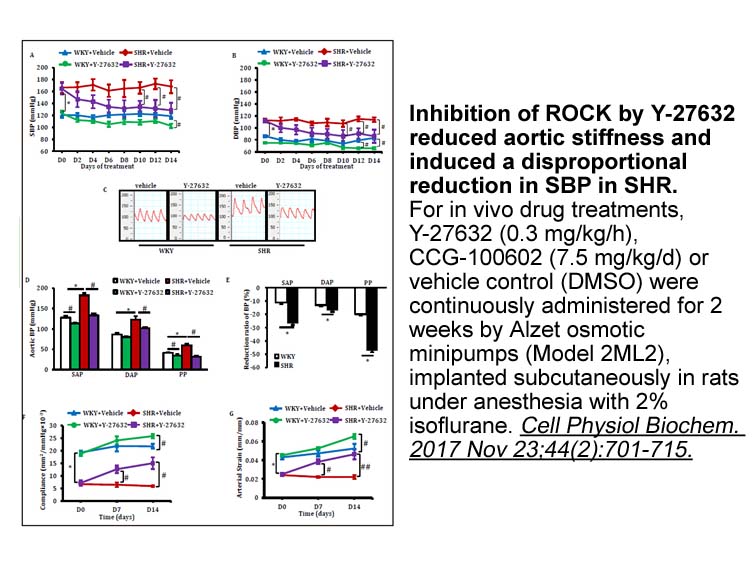Archives
Microbe derived ligands can also activate AHR Malassezia a
Microbe-derived ligands can also activate AHR. Malassezia, a commensal yeast in human skin, can metabolize tryptophan into several AHR activating compounds including FICZ and ICZ [59]. Lactobacillus converts tryptophan into indole-3-aldehyde (IAld), which can activate AHR and promote IL-22 production by gut ILC3s [8]. Bacterial pigmented virulence factors that are structurally similar to TCDD, such as phenazines produced by Pseudomonas aeruginosa and naphthoquinone phthiocol from Mycobacterium tuberculosis, have been recently proposed by bind to AHR. Degradation of these virulent pigments is dependent on AHR, as is the inflammatory response by host (R)-baclofen to eradicate these bacterial infections [60]. AHR thus serves dual roles, neutralizing the virulent factors and functioning as a pattern recognition receptor (PRR) that detects these danger-associated molecular patterns (DAMPs) (phenazines/naphthoquinones) and activates host immunity.
Complex Roles for AHR in T Cell Differentiation
In sharp contrast to earlier data showing that AHR promotes Th17 cell differentiation and IL-17/22 production by γδT cells in vitro[11,22], recent findings revealed that AHR-deficient mice have increased Th17 and IL-17/22-producing γδT cell responses in a skin-inflammation model [61]. The role of AHR in Treg cell differentiation is also unclear. While several groups [22,23,62] reported the expression of AHR in Treg cells, others reported that splenic Tregs express low levels of AHR, as compared to Th17 cells [24]. Our data suggest that Treg cells in the gut express high amounts of AHR, while Tregs in other anatomic locations do not (Wang, Y. and L.Z., unpublished), consistent with the importance of AHR in gut tissue-associated Treg cells [30]. The determinants of this tissue-specific expression are unknown, and require further investigation.
require further investigation.
Impact of AHR in Th17 and Th22 Cells
Differentiation of naïve CD4+ T cells into Th17 cells requires the transcription factor RORγt [63], and these cells are characterized by a signature cytokine profile which includes IL-22, GM-CSF (granulocyte/macrophage colony-stimulating factor), IL-17 (also known as IL-17A) and IL-17F [64]. IL-17 and IL-17F are encoded by genes located on the same chromosome and may share similar regulatory mechanisms [65]. As noted above, in vitro studies suggest that AHR promotes Th17 cell differentiation, and several mechanisms by which AHR promotes the expression of IL-17 have been proposed. AHR may bind to the Il17 gene locus directly and induce its transcription [49]. Under Th17-polarizing conditions, AHR inhibits STAT1 phosphorylation, thus blocking alternative Th1 cell differentiation and reinforcing Th17 cell differentiation [22]. IL-2 is known to interfere with Th17 cell differentiation [66–70]. AHR was shown to interact with STAT3 to induce the expression of Aiolos (IKZF3), a member of the Ikaros family of proteins that directly silences Il2 expression, thus promoting Th17 cell differentiation [71]. AHR also limits the activation of IL-2-induced STAT5 signaling in Th17 cells, thereby interfering with the inhibitory  signals provided by IL-2 on Th17 cell differentiation [72]. Together with IL-6, TGF-β1 promotes Th17 cells that coexpress IL-10 and are thought to be regulatory/non-pathogenic [73], whereas TGF-β3 induces pathogenic Th17 cells that do not express IL-10 and cause tissue inflammation [74]. Interestingly, the expression of AHR varies in Th17 cells that are differentiated under these conditions, with reduced expression in pathogenic Th17 cells induced to differentiate by TGF-β3 and IL-6 [74].
IL-22 is a cytokine that has a wide spectrum of functions ranging from host immunity to metabolism [75]. In CD4+ T cells, IL-22 can be produced by Th17 cells that coexpress other cytokines such as IL-17 and IL-17F. However, CD4+ T cells that express IL-22 but not IL-17, namely Th22 cells, have also been identified in mice and in humans [76]. IL-6 or IL-21 alone can induce IL-22 expression in T cells, and generates Th22 cells [77–79]. In contrast to the role of TGF-β in promoting IL-17 expression by CD4+ T cells [80–82], TGF-β has been shown to inhibit IL-22 expression in Th17 cells through induction of MAF (avian musculoaponeurotic fibrosarcoma oncogene homolog) [77]. Recent data suggest that, under steady-state conditions, IL-22 is not only expressed by CD4+ T cells (Th17 and Th22) but also by ILC3s, with the latter being the major producer [48].
signals provided by IL-2 on Th17 cell differentiation [72]. Together with IL-6, TGF-β1 promotes Th17 cells that coexpress IL-10 and are thought to be regulatory/non-pathogenic [73], whereas TGF-β3 induces pathogenic Th17 cells that do not express IL-10 and cause tissue inflammation [74]. Interestingly, the expression of AHR varies in Th17 cells that are differentiated under these conditions, with reduced expression in pathogenic Th17 cells induced to differentiate by TGF-β3 and IL-6 [74].
IL-22 is a cytokine that has a wide spectrum of functions ranging from host immunity to metabolism [75]. In CD4+ T cells, IL-22 can be produced by Th17 cells that coexpress other cytokines such as IL-17 and IL-17F. However, CD4+ T cells that express IL-22 but not IL-17, namely Th22 cells, have also been identified in mice and in humans [76]. IL-6 or IL-21 alone can induce IL-22 expression in T cells, and generates Th22 cells [77–79]. In contrast to the role of TGF-β in promoting IL-17 expression by CD4+ T cells [80–82], TGF-β has been shown to inhibit IL-22 expression in Th17 cells through induction of MAF (avian musculoaponeurotic fibrosarcoma oncogene homolog) [77]. Recent data suggest that, under steady-state conditions, IL-22 is not only expressed by CD4+ T cells (Th17 and Th22) but also by ILC3s, with the latter being the major producer [48].